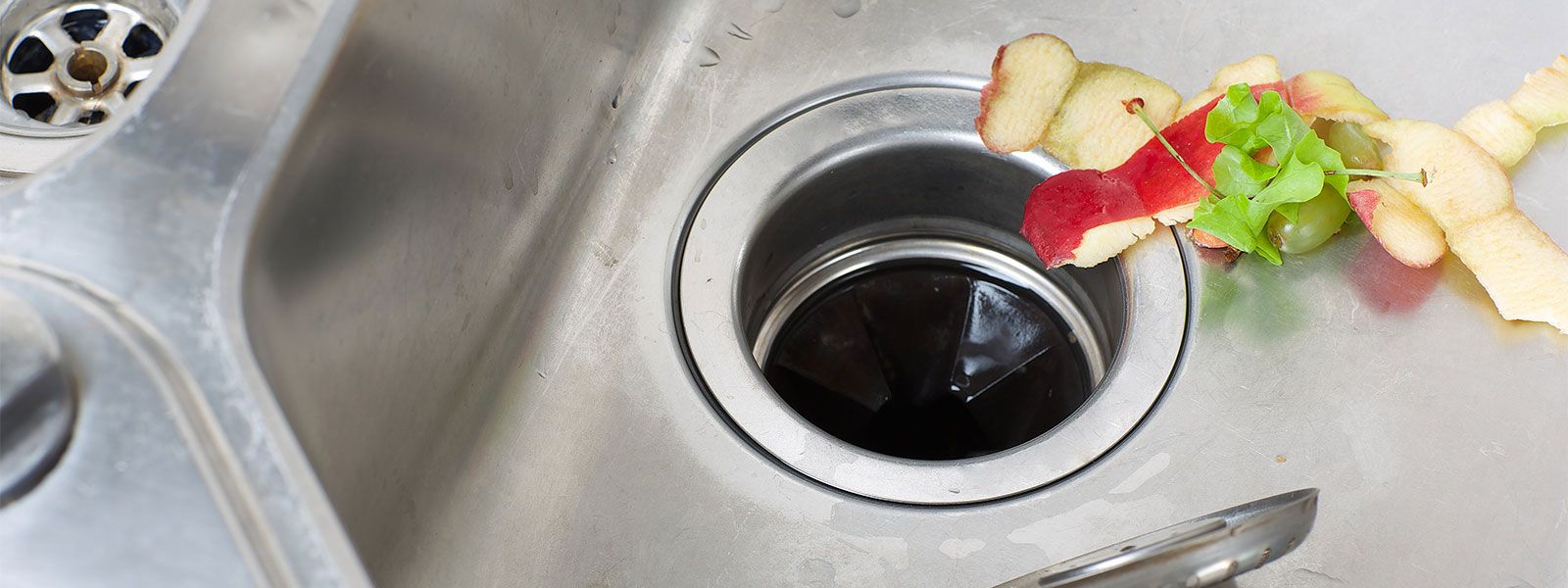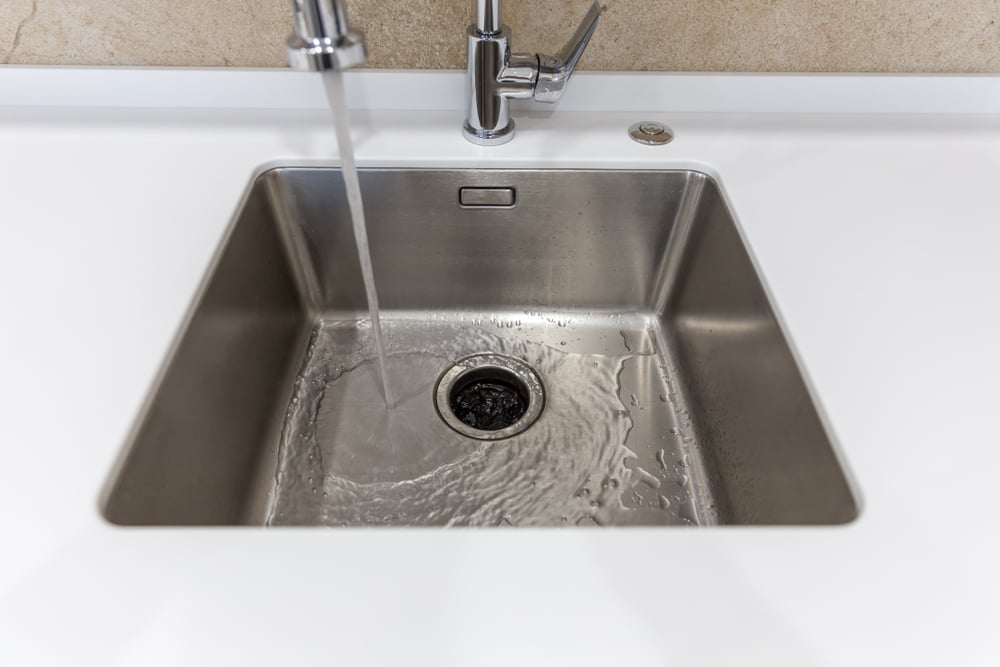Each person maintains their own individual way of thinking in relation to Why Is .

Garbage disposals are crucial kitchen appliances that assist in disposing of food waste successfully. Nonetheless, a dripping waste disposal unit can be an aggravating and messy problem to handle. Thankfully, lots of leaks can be fixed easily with a couple of easy steps. In this short article, we will go over exactly how to deal with a dripping garbage disposal effectively.
Intro
Garbage disposals are mounted under kitchen area sinks and are made to shred food waste into smaller sized items, enabling it to pass through the pipes system quickly. While these devices are normally trusted, leaks can happen gradually as a result of deterioration, loosened links, or damages to the unit.
Typical Causes of Leakages in Trash Disposals
Worn Seals and Gaskets
Seals and gaskets play a vital duty in protecting against water from dripping out of the garbage disposal. With time, these elements can weaken, causing leakages around the disposal system.
Loose Connections
The links between the waste disposal unit and the pipes system can end up being loose over time, creating water to leak out throughout operation.
Splits or Holes in the Disposal System
Physical damage to the garbage disposal, such as fractures or holes in the housing, can also result in leaks.
Identifying the Source of the Leakage
Prior to trying to fix a dripping waste disposal unit, it is vital to identify the source of the leakage. This can generally be done via aesthetic inspection or by conducting straightforward tests.
Visual Examination
Inspect the waste disposal unit device carefully for any type of signs of water leakage. Pay attention to locations around seals, gaskets, and link points.
Examining for Leakages
One way to examine for leaks is by running water through the disposal system and looking for any noticeable indications of leakage.
Tools and Materials Needed for Dealing With a Leaking Waste Disposal Unit
Prior to starting the fixing process, gather the essential devices and materials, including a screwdriver, flexible wrench, plumbing technician's putty, replacement seals or gaskets, and epoxy or patching material for fixing splits or holes.
Step-by-Step Guide to Dealing With a Leaking Garbage Disposal
Shut off the Power
Prior to trying any type of repair services, make sure that the power to the garbage disposal system is turned off to avoid the danger of electrical shock.
Locate the Leakage
Determine the specific place of the leak and determine the reason.
Tighten up Connections
Utilize a wrench to tighten any kind of loosened connections between the disposal device and the plumbing system.
Change Seals or Gaskets
If the leakage is due to worn seals or gaskets, remove the old elements and replace them with brand-new ones.
Patching Cracks or Holes
For fractures or holes in the disposal unit, use epoxy or a suitable patching product to seal the broken area.
Testing the Waste Disposal Unit After Repair Service
Once the repair service is complete, check the garbage disposal by running water via it to make certain that the leakage has been resolved.
Preventive Upkeep Tips to Avoid Future Leakages
To stop future leakages, it is important to execute regular upkeep on your waste disposal unit. This includes maintaining it tidy, avoiding placing non-food items or tough things down the disposal, and regularly looking for leaks or other issues.
Final thought
Finally, dealing with a leaking waste disposal unit is a fairly uncomplicated process that can be finished with standard tools and materials. By following the steps described in this article and exercising precautionary upkeep, you can keep your garbage disposal in good working problem and avoid costly repairs in the future.
What to Do About a Leaking Garbage Disposal
A leaking garbage disposal often goes unnoticed until you confront a sopping cabinet, a foul-smelling puddle, or an audible drip-drip-drip from the unit. The fix can be frustrating, too, because the leak can stem from a number of components in the system. Fortunately, with a little sleuthing, you can zero in on the leak and—depending on the exact location—stop the icky oozing and repair the component that caused it. Worst case scenario, if it turns out that the garbage disposal must be replaced, installing a new one is a reasonable do-it-yourself task for those with basic plumbing skills. Read on to keep the cash you’d otherwise hand over to a pro.
Prepare to find the leak
Prior to testing the garbage disposal for leaks, unplug it at the wall outlet and turn off the power from the breaker box to prevent electrical shock. Then insert a watertight sink stopper into your sink drain and wipe the unit dry with a clean cloth. In any handy container, mix a few drops of food coloring into a few cups of water, and pour the dyed water onto the sink stopper to help you locate the leak.
Investigate the source
the top, where the disposal meets the sink drain the side, where the dishwasher hose or main drain pipe connects to the disposal or the bottom of the unit Inspect each of these locations while gliding a light-colored rag over the unit; the dyed water will readily show on the rag and reveal the location of the leak. If a leak isn’t immediately apparent, remove the sink stopper and pour a few more cups of dyed water down the sink drain, then check for leaks again. Leaks near the top of the unit are more likely to show themselves while the sink is plugged, while side and bottom leaks are more noticeable while the sink is unplugged.
The metal sink flange that sits directly inside the sink drain is typically sealed around the top with plumber’s putty (a clay-like sealant) and then secured from under the sink with bolts. If the plumber’s putty deteriorates, or the bolts loosen, the flange can no longer form a watertight seal between the sink drain and the disposal—which could cause a leak at the top of the unit.
To reseal the leaky flange, you must first detach the garbage disposal. Start by loosening the screws securing the main drain pipe to the disposal, then loosen the screws in the metal clamp securing the dishwasher hose to the disposal and detach the drain pipe and dishwasher hose from the disposal. Loosen the screws in the mounting ring that connects the disposal to the metal mounting assembly beneath the sink, then pull down the disposal and carefully set it on a clean, dry surface. Loosen the bolts in the mounting assembly with a wrench, then pull down the mounting assembly and set it near the disposal.

As a keen person who reads about Tips on Fixing a Leaking Garbage Disposal, I thought sharing that piece was mandatory. Sharing is good. Helping people is fun. I praise you for your time. Come back soon.
Browse Website